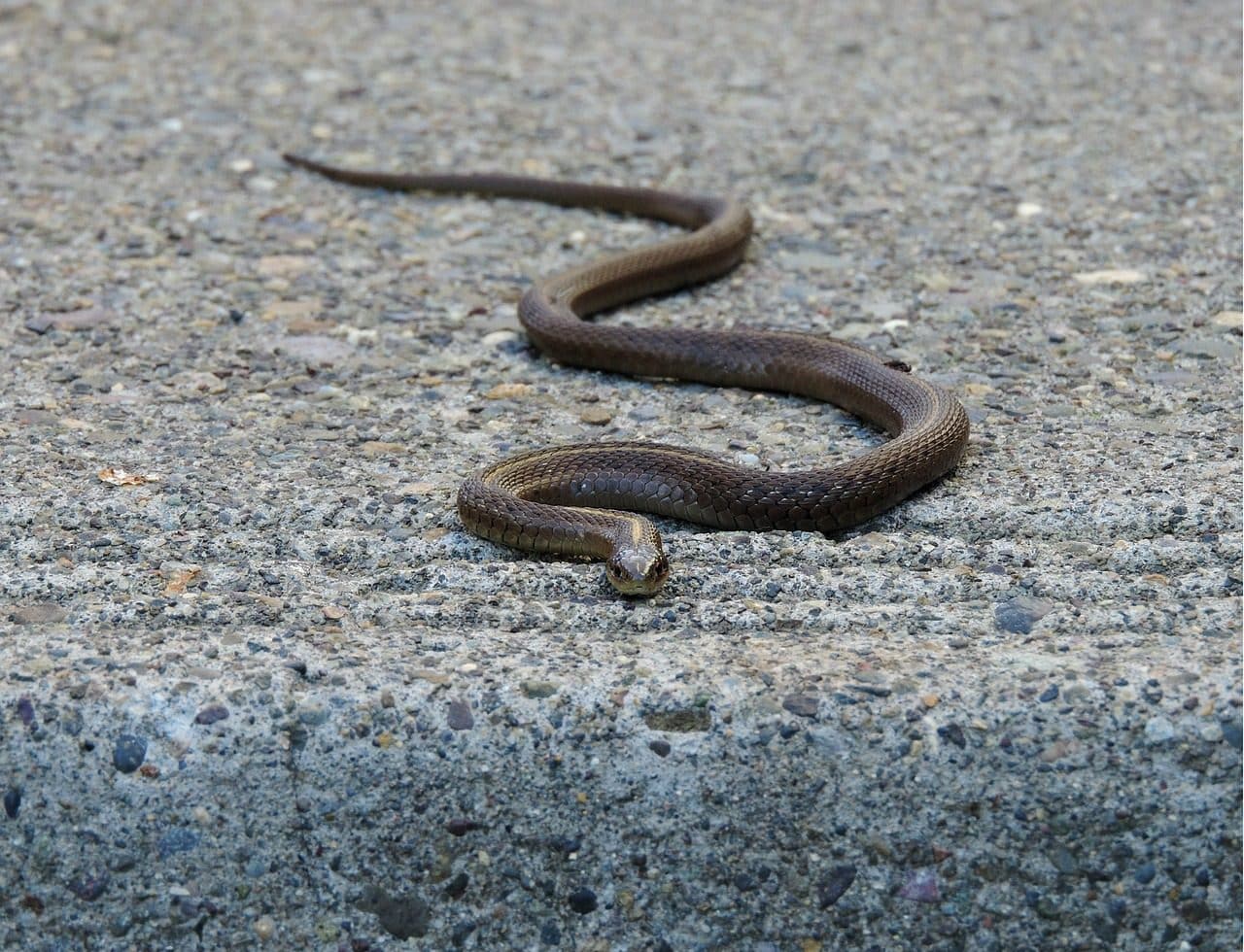
Reptar is the way of movement of various reptiles.
Reptar is a verb that can have different etymological origins. When it comes from the Latin word reptāre , it refers to the way of movement of certain reptiles .
Reptiles are animals that belong to the class reptilia . Those that crawl move by crawling on their belly . This movement action is called crawling.
When observing the etymology of the word reptar, we notice that the Latin verb that gave rise to it is also the source of reptile, which is not strange, given that many reptiles rely on this mechanism to move around their habitat. According to experts, some dinosaurs also crawled, as seems to have been the case with Rhamphorhynchus .
Reptar, the way snakes move
Snakes are the classic example of animals that crawl. To carry out this action, these species undulate their body laterally, advancing over the surface in a zigzag pattern. Certain snakes can move the muscles in their central area and thus advance with their body almost extended.
It is important to highlight the agility and ability to adapt to the environment that the snake's body has , despite lacking arms and legs. In fact, one of the most apparent advantages that arises from the absence of limbs is the ability to traverse very narrow spaces .

When crawling, animals crawl on their bellies.
A combination of factors
To be able to crawl, snakes depend on the combination of several factors in their body, such as the great strength of their muscles, their flexible spine and the scales they have on their bellies. All this combines to give them a capacity very different from that of human beings or other terrestrial mammals; To cite a contrasting fact between our morphology and yours, while our spine has 26 vertebrae (once we reach adulthood), they exceed 400 (each vertebra supports a pair of ribs).
When a snake crawls, its ventral scales grip the ground by the rear edges while propelling themselves forward. It is important to note that its movement always presents coherence with the type of terrain in which it is located; For example, the horned rattlesnake lives in sandy areas and has had to develop certain techniques to move that others do not need.
The rocking movement that the horned rattlesnake makes when advancing through the sand is centered on the upper end of the body and the head, which it directs laterally and forward, generating its characteristic zigzag. Regarding the lower part, which includes the belly and tail, it leaves them elevated above the sand, so that its appearance when moving resembles that of the letter "j."
Worms and worms also adopt this mechanism to move forward. In this case, they perform a contraction and extension movement of their bodies that allows them to move.
Symbolic use of the term crawl
Because crawling implies moving at ground level, the concept is usually used to refer to the person who crawls, symbolically, to reach a place or access a benefit.
For example: “Be careful with Antuña: he will not stop crawling until he is in charge of management ,” “So much crawling and crawling, that in the end he managed to be named president of the board of directors,” “I am not willing to crawl. ” so that they give me what belongs to me by law.”
A "Rugrats" character
Reptar , finally, is the name of a fictional character from the animated series “Rugrats” , known in our language as “Adventures in Diapers” .
It is a green dinosaur ( Tyrannosaurus Rex ) that is idolized by Tommy Pickles and other children who appear in the series.
